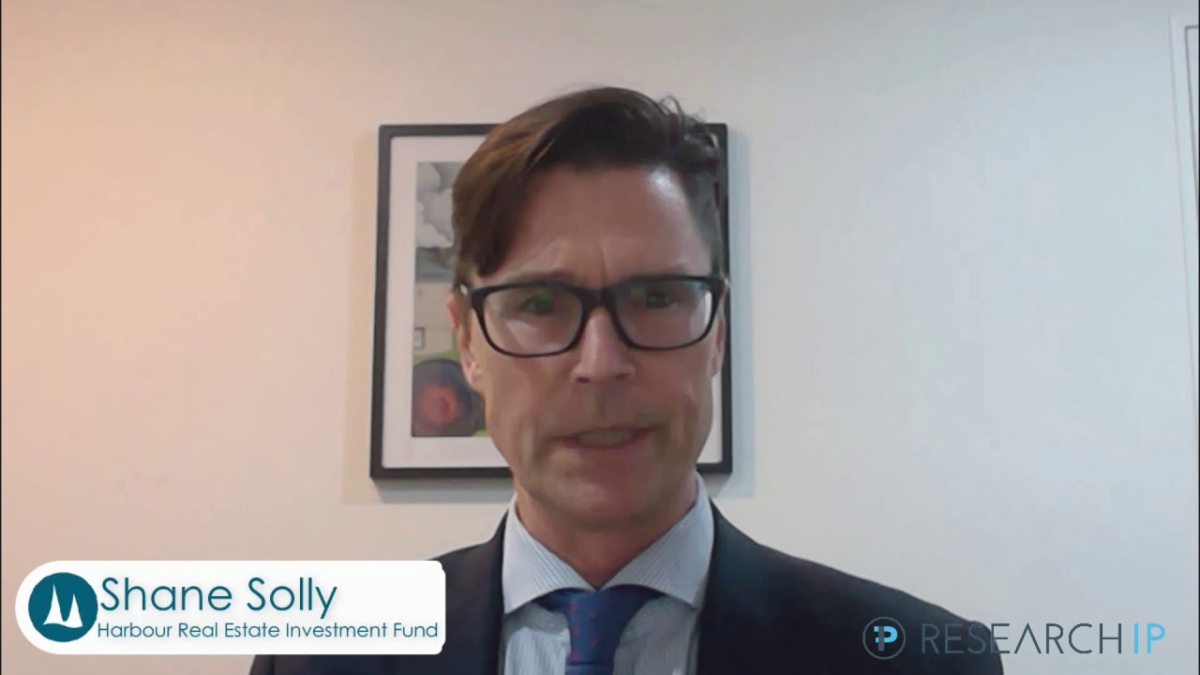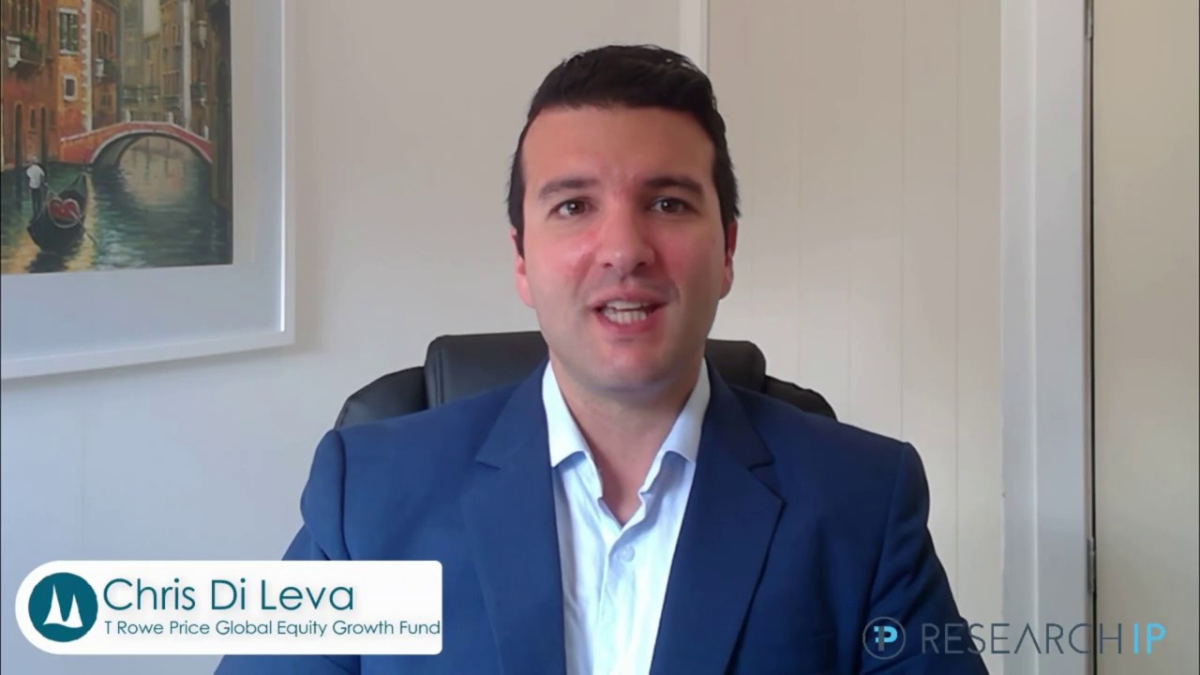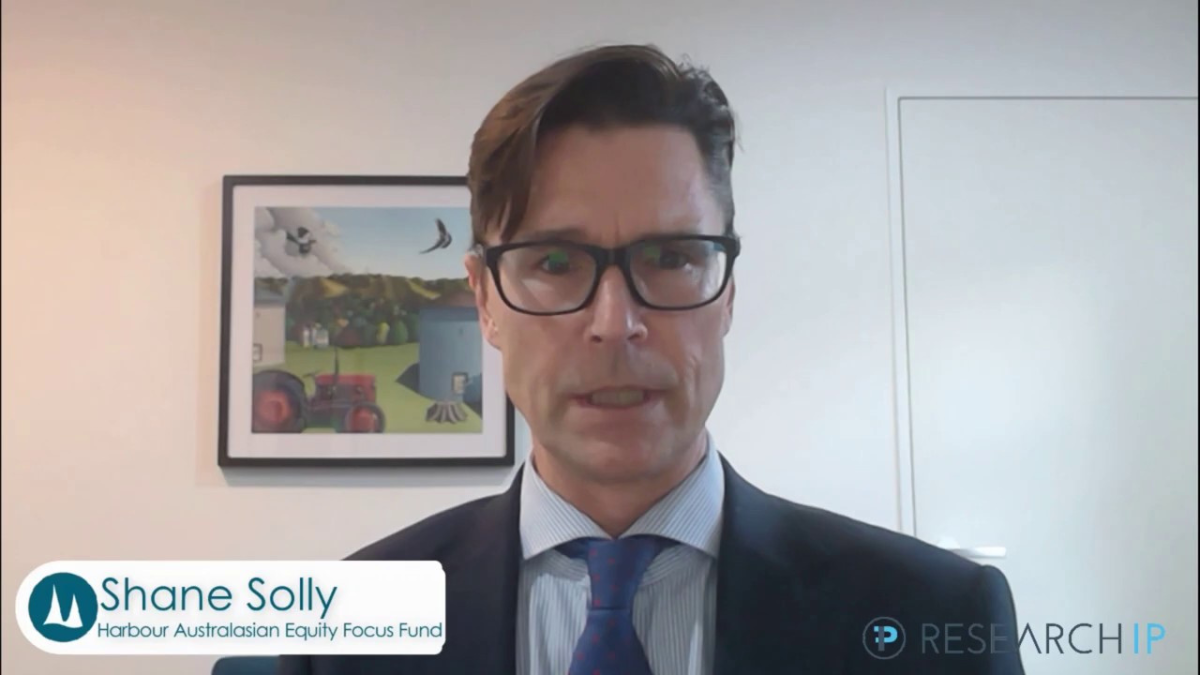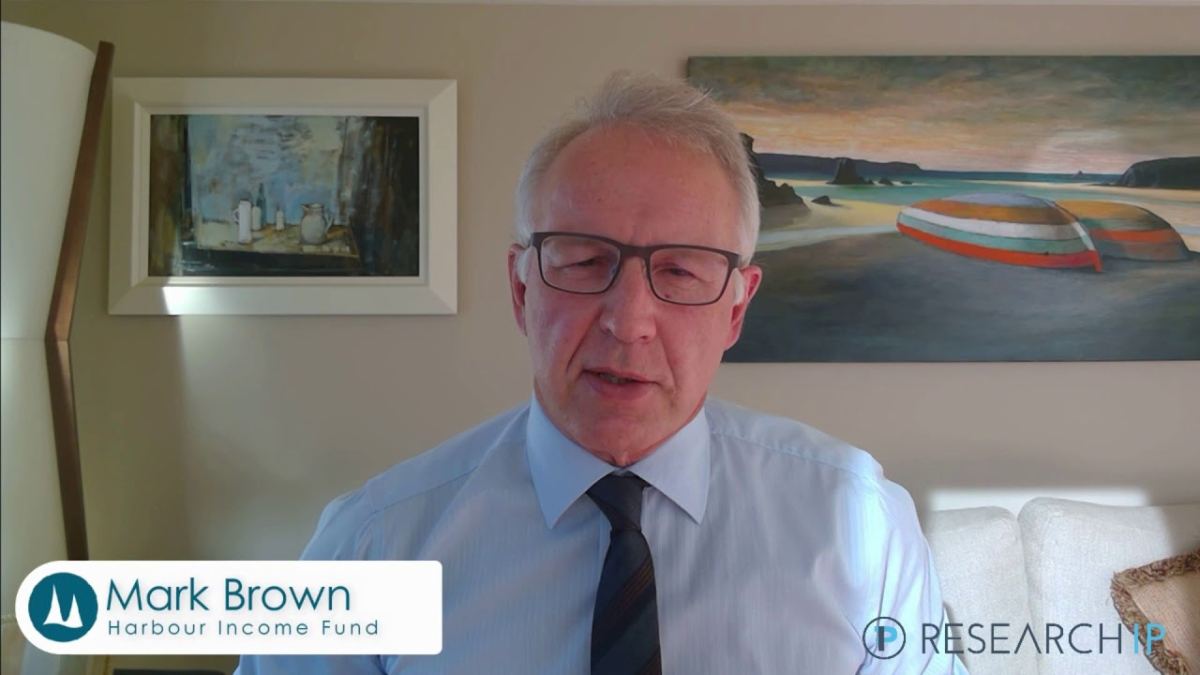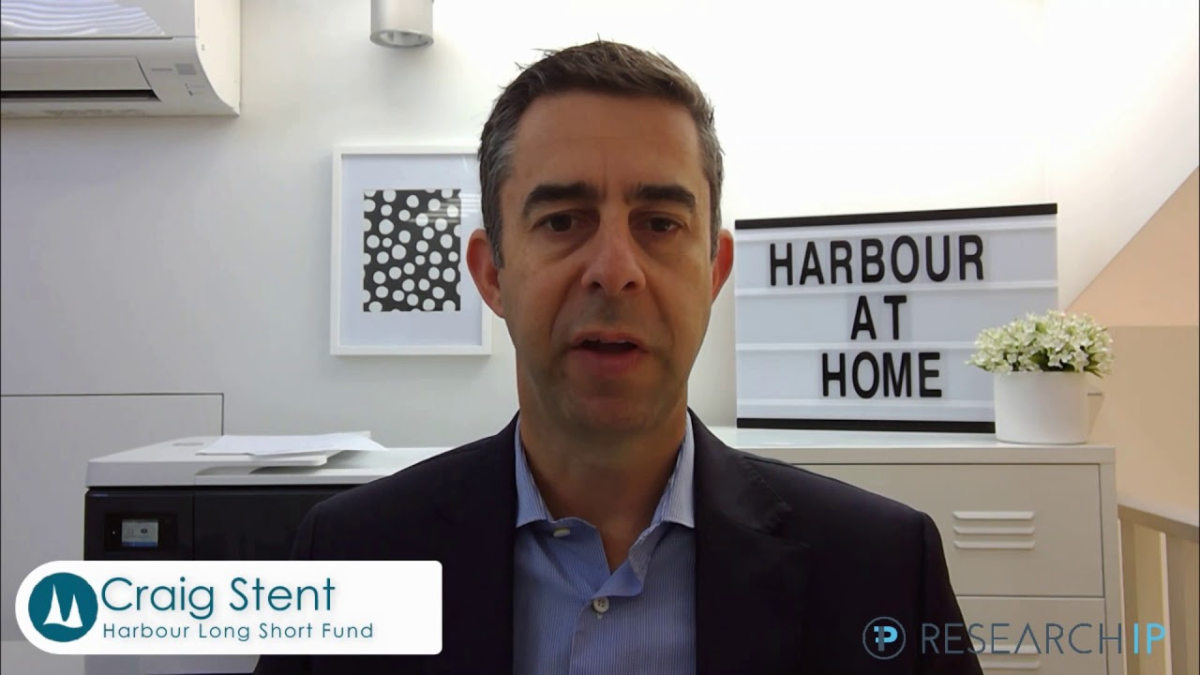The Generate Focused Growth Managed Fund has retained a "3 IP" rating by Research IP, with a score of 3.30/5.
The Generate KiwiSaver Moderate Fund has retained its "3 IP" rating by Research IP, with a score of 3.30/5.
The Generate KiwiSaver Growth Fund has retained its "3 IP" rating by Research IP, with a score of 3.30/5.
The Generate KiwiSaver Focused Growth Fund has retained its "3 IP" rating by Research IP, with a score of 3.27/5.
Responsible investing has become a focus area in the investment industry, but greenwashing is rife and the sales pitch is strong, so what really matters? Research IP helps many of our consulting clients navigate the maze, but no one client is the same. The monthly RIPPL Sluice provides some examples of responsible investment in action.
The Harbour Real Estate Investment Fund has retained its "4 IP" rating by Research IP, with a score of 3.76/5.
The Harbour T. Rowe Price Global Equity Fund has retained its "4 IP" rating by Research IP, with a score of 4.18/5.
The Harbour Australasian Equity Focus Fund has retained its "5 IP" rating by Research IP, with a score of 4.27/5.
The Harbour Income Fund has been upgraded to a "5 IP" rating by Research IP, with a score of 4.25/5.
The Harbour Long Short Fund has retrained its "4 IP" rating by Research IP, with a score of 3.83/5.




